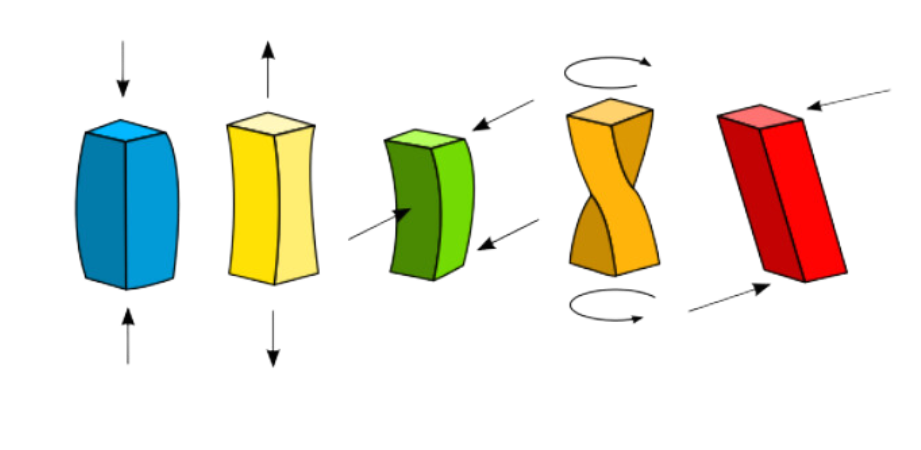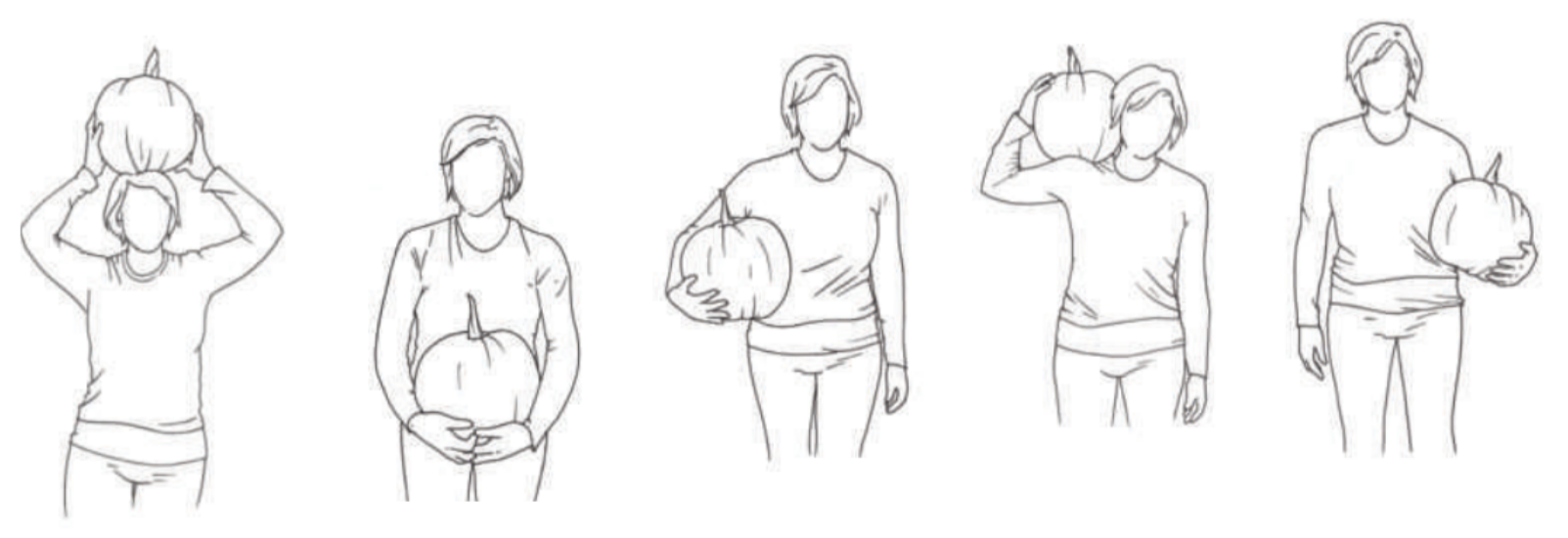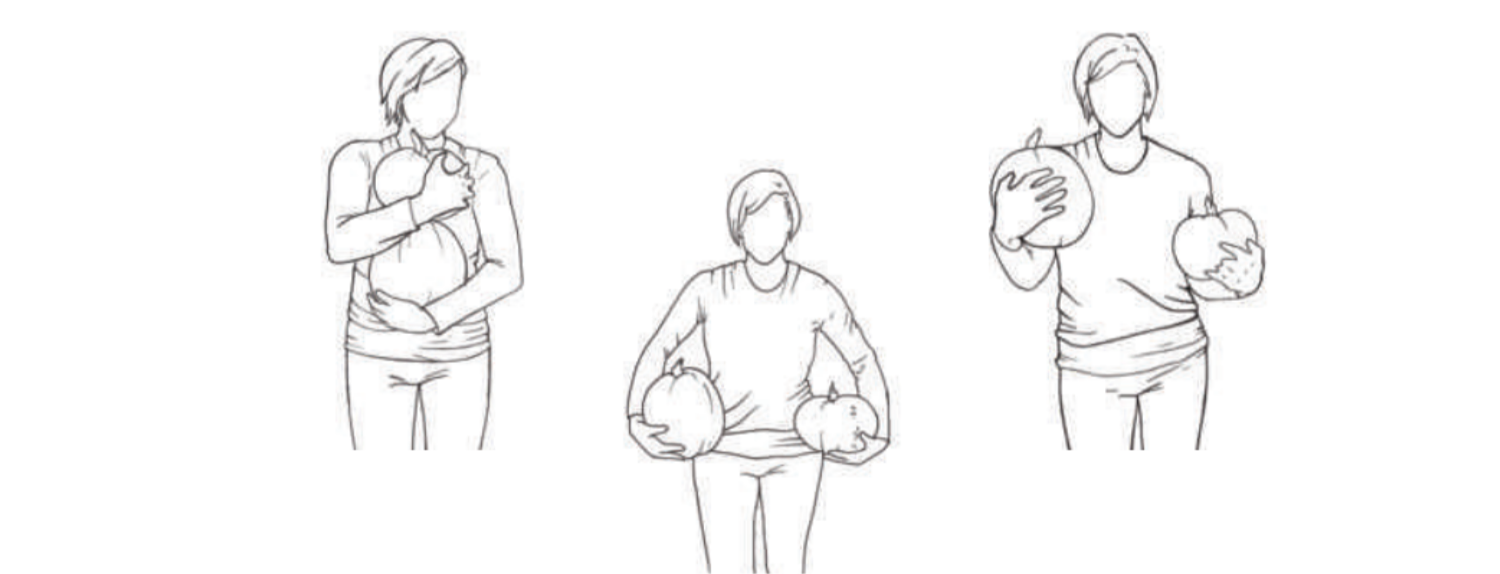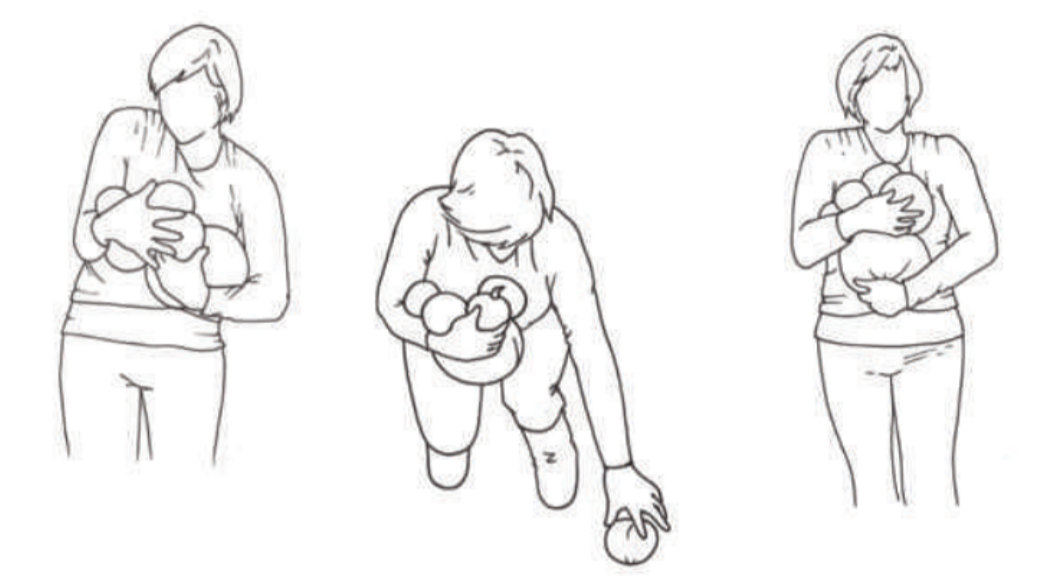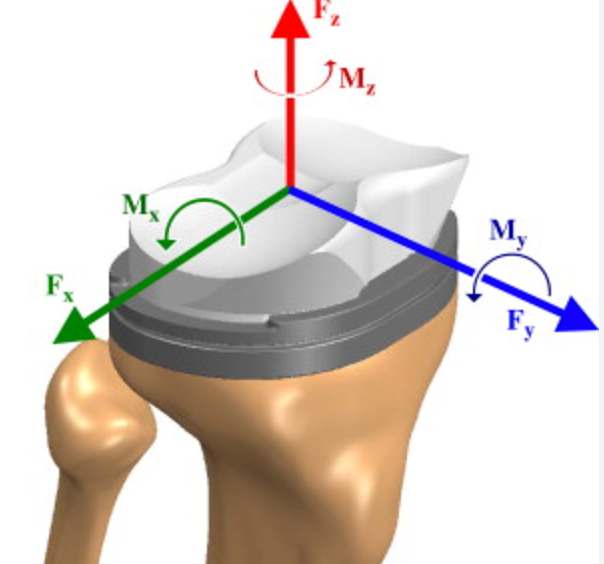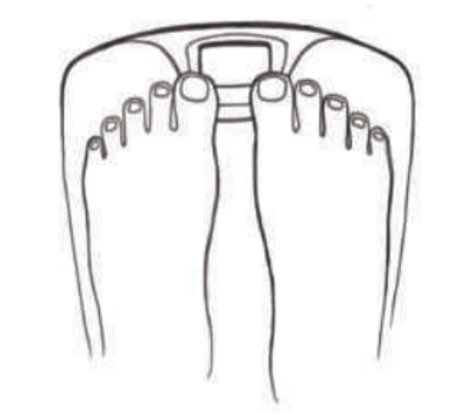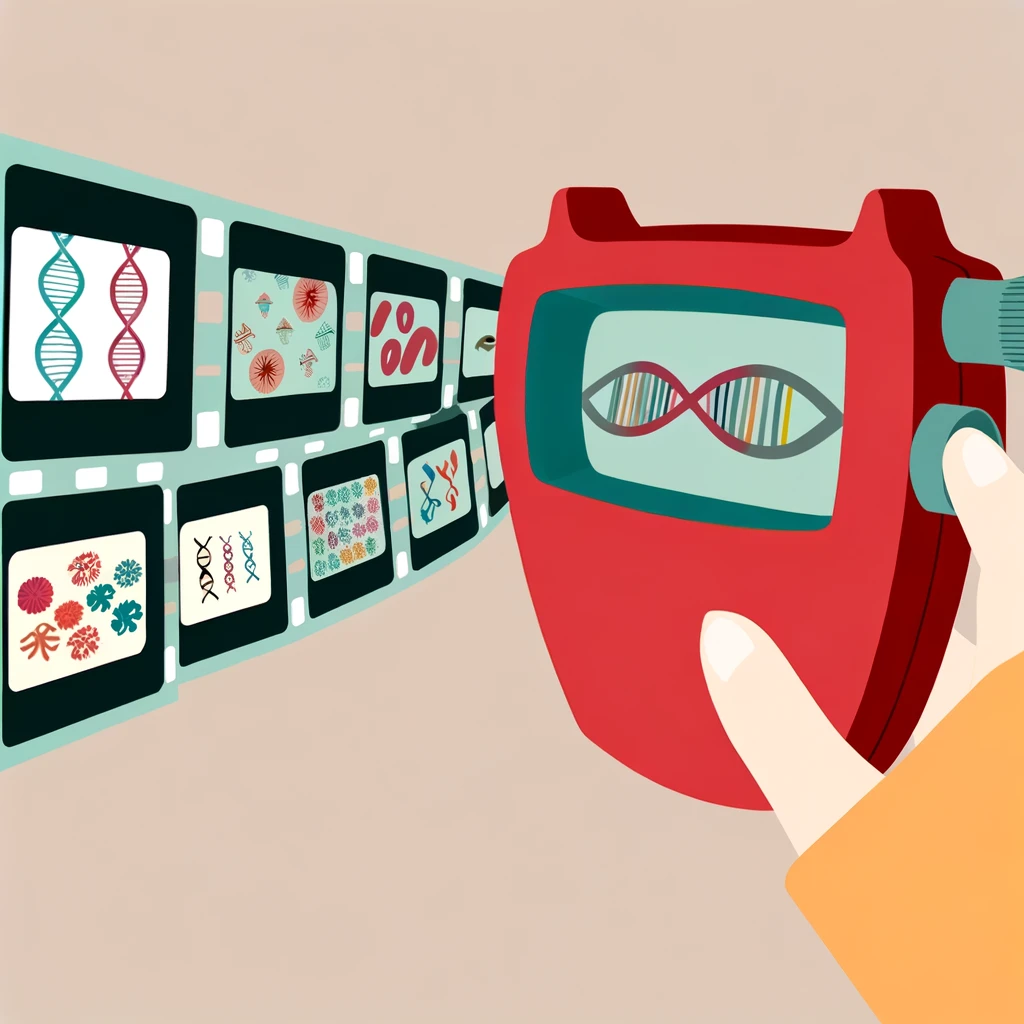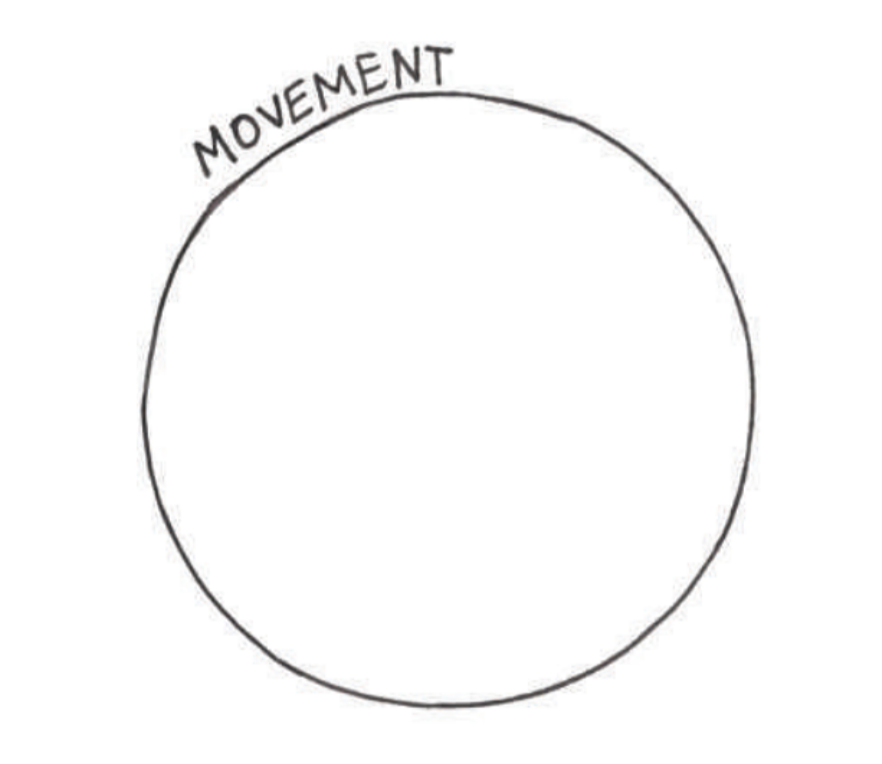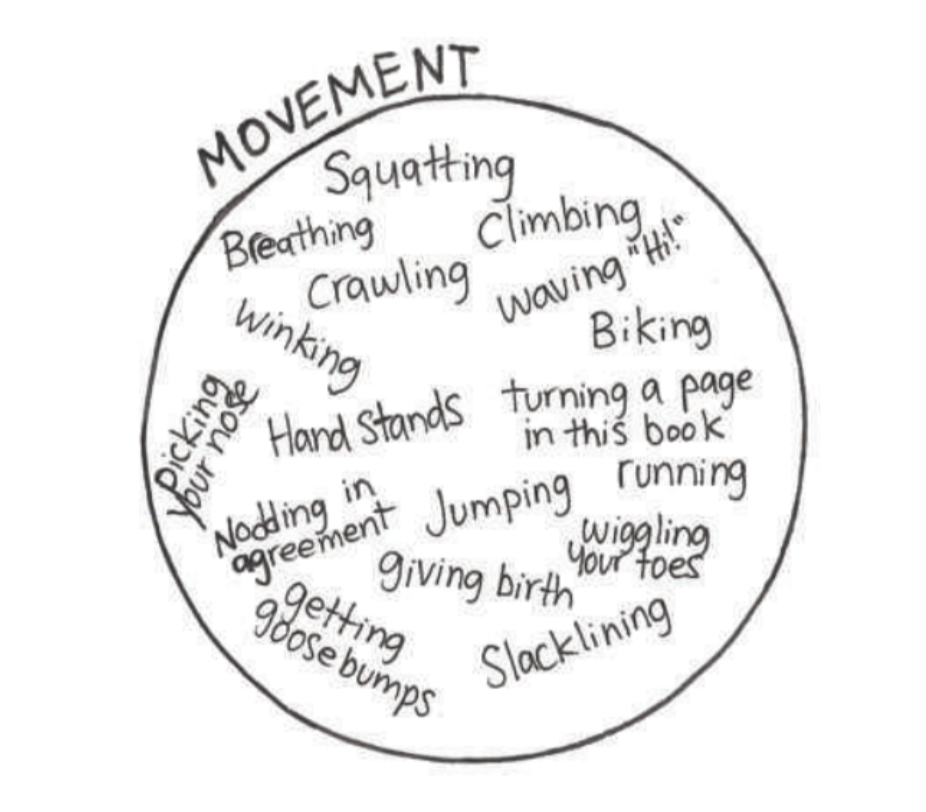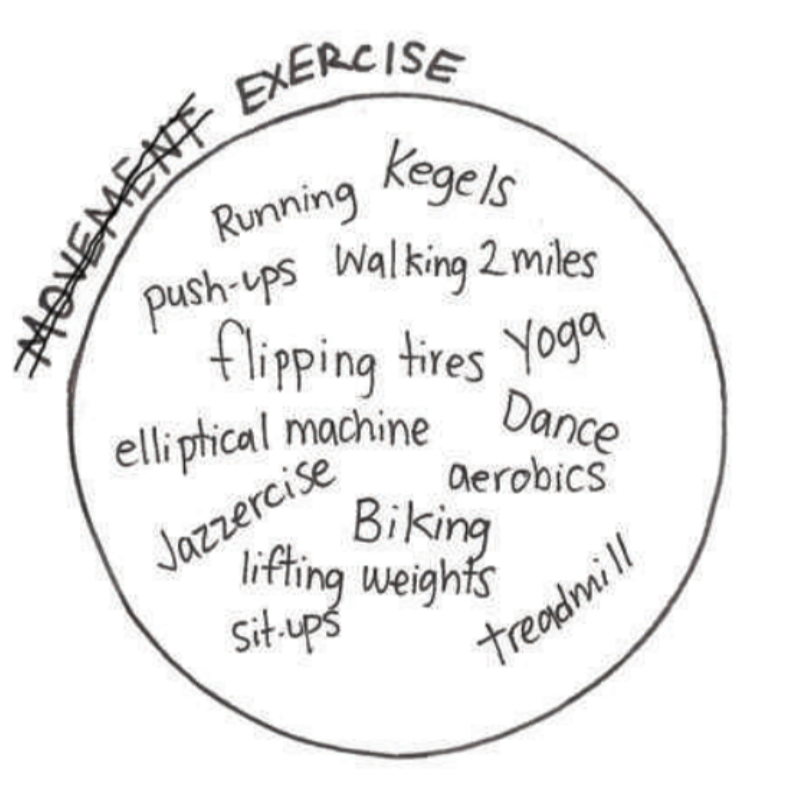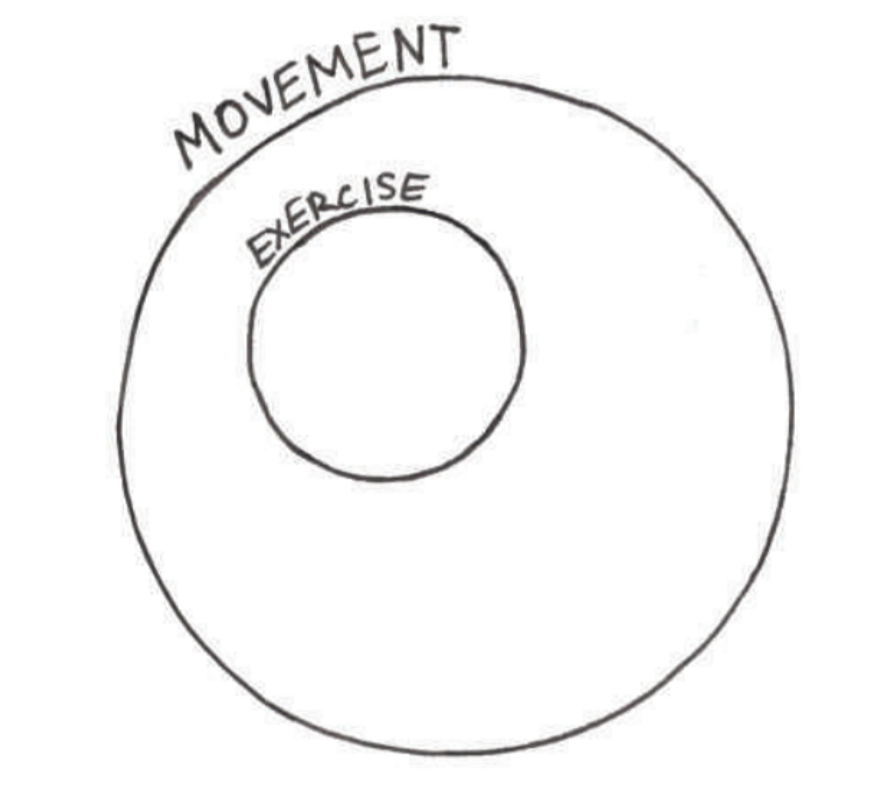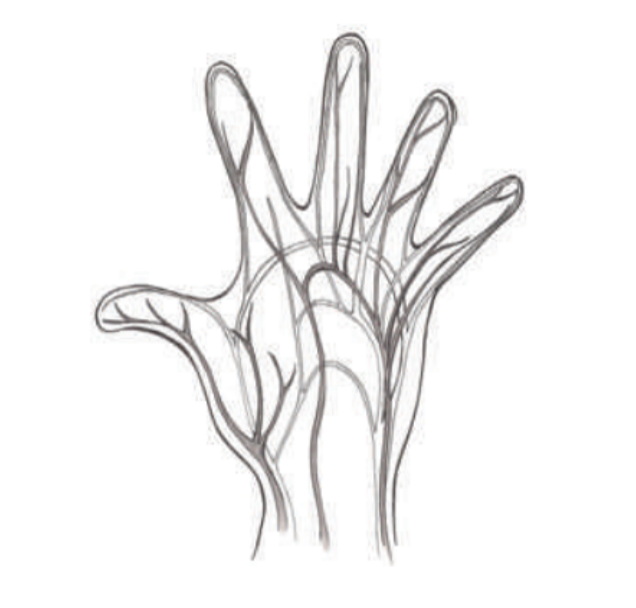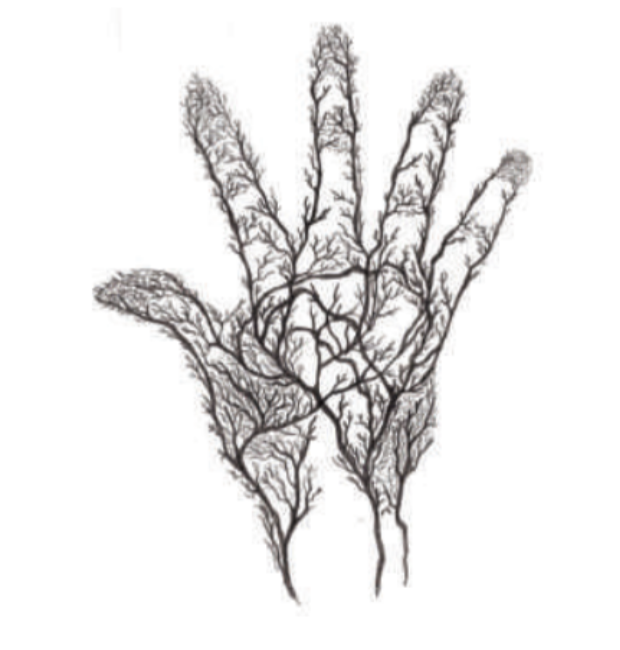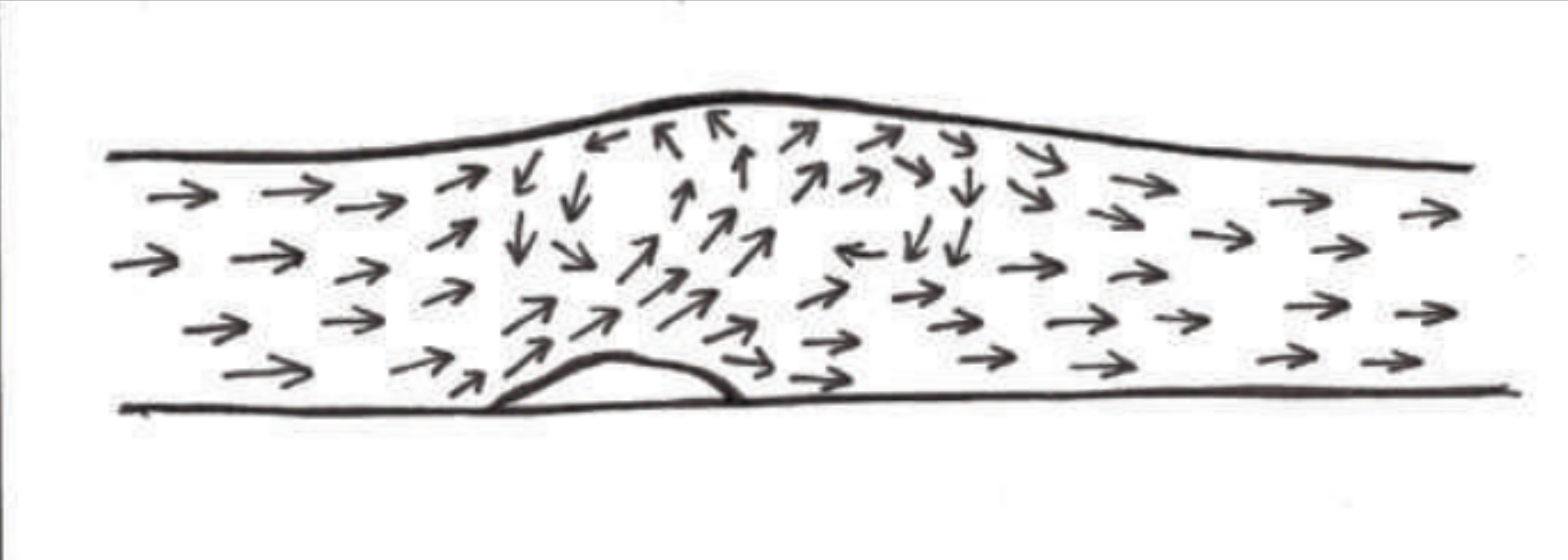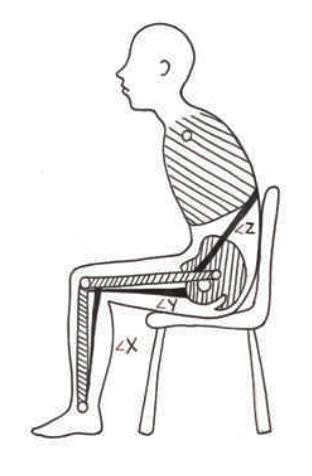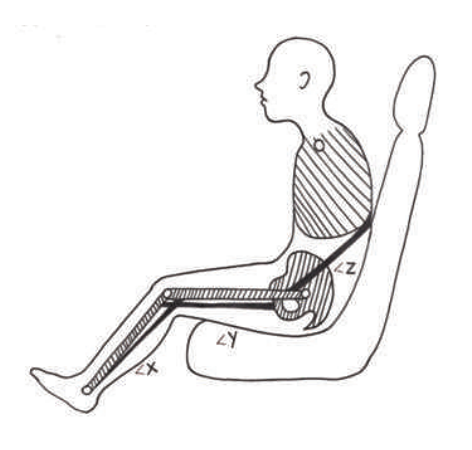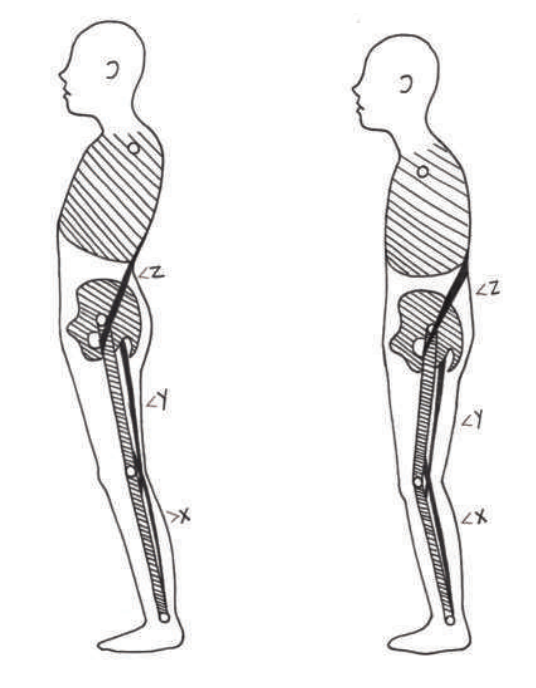You are reading a Pagedip - a new interactive, engaging, and measurable way to share eBook companion content. Explore this sample for Move your DNA's initial chapters, and we'll recap how this delights your readers at the bottom of the page. Enjoy!!
Images From Chapter 1: Nutritious Movement and Diseases of Captivity
MOVEMENT NUTRIENTS
LOADS ARE LIKE SNOWFLAKES
WEIGHT VS. LOAD
DISEASES OF CAPTIVITY
Image From Chapter 2: Movement, Loads, and Your DNA
GENES AND VIEW-MASTERS
Rather, your genetic makeup is like one of those disks you put in a View-Master—a plethora of potential outcomes for you to select by toggling on the View-Master’s lever.
Images From Chapter 3: The Difference Between Exercise and Movement
MOVEMENT AND EXERCISE: THE DETAILS
Here is a diagram titled Movement.
Right now the diagram is empty, but you can list anything and everything the human body can do in this circle. Snapping your fingers, bicycling, unicycling, squatting, winking, breathing, burping, slacklining, breastfeeding, birthing a baby, waving your arms around, lifting, diving, picking apples, and even something as tiny as getting goosebumps could all be accurately placed in this Movement diagram. See?
Just thinking of the term exercise is likely to cause your brain to respond by conjuring up mental images of fitness machines, athletics, yoga class, pull-ups, dance class, lifting weights, running, pedometers, and heart-rate monitors. In short, your mind currently organizes movement information like this:
To move your health forward with movement, it is essential to mentally rearrange the relationship between movement and exercise in your mind, so it looks more like this:
Images From Chapter 4: The Heart of the Matter: Why We May Not Need “Cardio” After All
HEMODYNAMICS AND EXERCISE
If I had you create a mental image of the cardiovascular system, chances are you would come up with an image similar to those presented in anatomy and physiology textbooks throughout the world:
But this picture is incomplete. The arteries and veins are usually the main feature of drawings like these, but what this image leaves off are all the smaller vessels where oxygen delivery—the very reason the blood needs to circulate through the body—takes place. The final destination of oxygen is capillary beds—the teeny-tiny tubes that branch off the arterioles, which branch off the arteries. This is where the exchange between the body and blood occurs.
BLOOD VESSEL GEOMETRY AND BLOOD FLOW INJURY
SITTING: THE LIST OF PROBLEMS GROWS LONGER
There is so much incredible information related to this topic. People will undoubtedly want more and begin searching for other content perhaps as other media types including videos videos or podcasts. Pagedips can accommodate the inclusion of all sorts of additional assets that would be helpful. For example you might want to access a video[3] through a highlighted word, or inline as a part of the text as is illustrated below:

